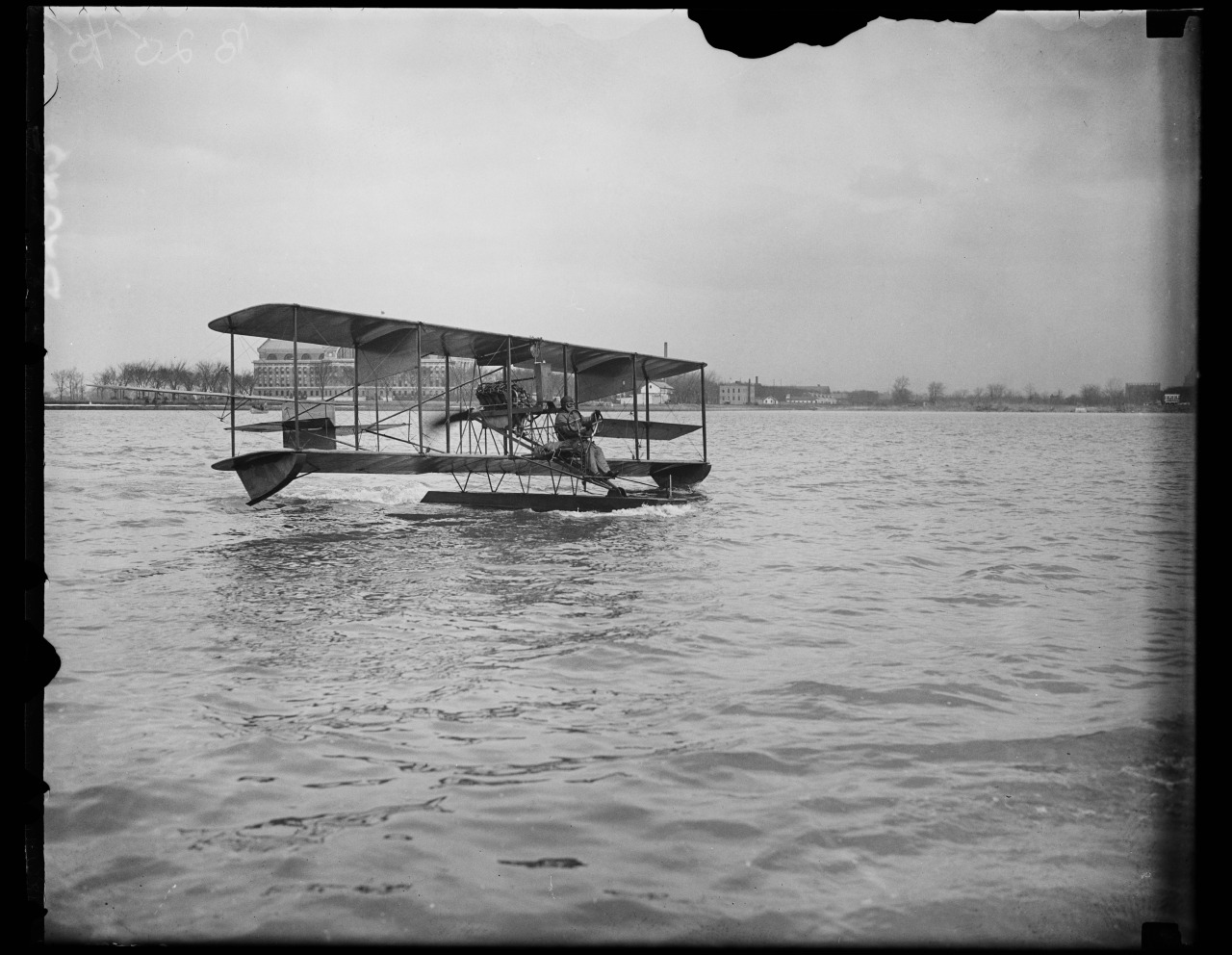When Mr. David Rusk, author of Cities without Suburbs and former mayor of Albuquerque, started to think about sustainable development and livable communities, he found himself comparing his two worlds: Barrio Norte in Argentina, and Friendship Heights, Washington, D.C. In Barrio Norte, within three blocks of walk to his home, he has thirty restaurants, a supermarket, an old-fashioned city market, half a dozen bakeries. The public elementary school is at the end of the block, and the public high school is two blocks away. A hospital is two blocks up his street. A six-screen movie complex lies four blocks away.
To sustain that level of economic activity, Barrio Norte has a lot of people. Mr. Rusk estimates that this small neighborhood has 20,000 to 25,000 residents – a density of 80,000 to 100,000 people per square mile. But the place does not have towering apartment buildings. It kind of looks like D.C.’s Kalorama Triangle or Foggy Bottom neighborhoods: six to twelve story buildings punctuated by great old mansions such as those that form our Embassy Row. In Barrio Norte, however, the buildings are packed more tightly than in D.C., along a classic city grid system. The difference in how tightly buildings could be packed makes a big difference in density. The type of households make a difference too.
Mr. Rusk and Yesim Sayin Taylor, founding Executive Director of the D.C. Policy Center, will discuss why density is so elusive in a city like the District, whether the District is “elastic” or “inelastic” based on the definition Mr. Rusk has developed in his book, Cities without Suburbs, and what areas the city is bucking the urban trends given its recent population boom.
This event will take place from 4:30-5:30 on Friday (5/5/17) at The Carnegie Library of Washington D.C. during D.C. Idea Fest. To register and attend this free event follow the link here.
